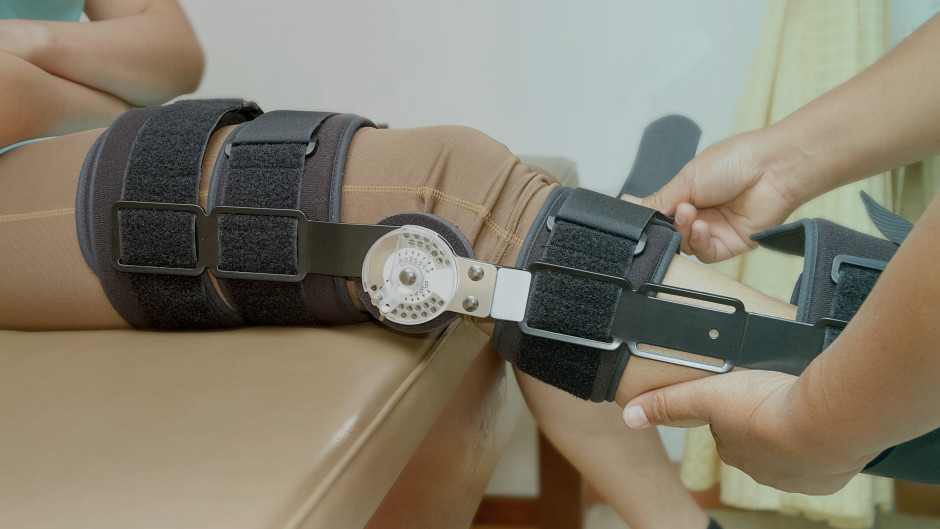ATHLETIC BACK PAIN: AN OVERVIEW
WHAT IS ATHLETIC BACK PAIN?
Studies have shown that about 80% of people suffer from low back pain at some point in their life. However, some people are at a greater risk of developing back pain due to their lifestyle. Athletes are more prone to getting a spine injury and developing back pain because of the high level of physical activity.1
If you want to learn more about this topic, you can watch Thomas Dekkers' lecture here:
EPIDEMIOLOGY
Lifetime prevalence of athletes complaining of back pain, effectively at some stage of life is around 63% compared to non- athletes which is around 39%. However, by comparison we don’t hear as much about athletes with low back pain as we do with non-athletes with back pain. Therefore, when we are presented with an athlete having low back pain, there is perhaps a risk that we start to manage them in the same way as we would for someone who is not an athlete.
ATHLETIC BACK PAIN VS NON-ATHLETIC BACK PAIN
There are some differences between athletes with back pain and non-athletes who have back pain. The first difference is about risk factors. The usual risk factors present in the general population such as obesity, smoking and low activity levels are less likely to be present in athletes with low back pain. Other risk factors like training loads may be more pertinent in athletes with back pain. In terms of physical demands, athletes need to get back to a high level of physical activity as compared to non-athletes. This also comes with a difference in mentality. Athletes when injured are very much focused on getting back to their sport which is the penultimate end point of their rehabilitation while for the general population it may be more around getting back to their daily activities.




WHICH SPORTS ARE MORE PRONE TO BACK PAIN?
Watch this clip to know which are the common sports in which we see athletic back pain and why it occurs.
*Rotate your phone to watch the videos:
ASSESSMENT
Assessment involves examining the athlete in four areas which are pain, psychosocial and physical factors.
PSYCHOSOCIAL FACTOR
Watch this clip to know more about the coping strategies that athletes have.
PHYSICAL EXAMINATION
It includes looking for physical abnormalities, muscle strength testing, reflexes, neuromechanical sensitivity, sensation and ROM.
MANAGEMENT
Athlete education: It includes addressing coping styles, understanding graduated training approach and understanding how to manage flare ups.
The other important areas to look into are:
- Increasing trunk endurance
- Global strength and endurance
- Increasing cardiovascular conditioning - HIIT session
If you want to learn more about this topic, you can watch Thomas Dekkers' lecture here:
Sources:
1. Low Back Pain in Athletes ; University of Maryland Medical centre;
https://www.umms.org/ummc/
2. Lecture 'Athletic Back Pain: From Theory to Practice' by Thomas Dekkers.




